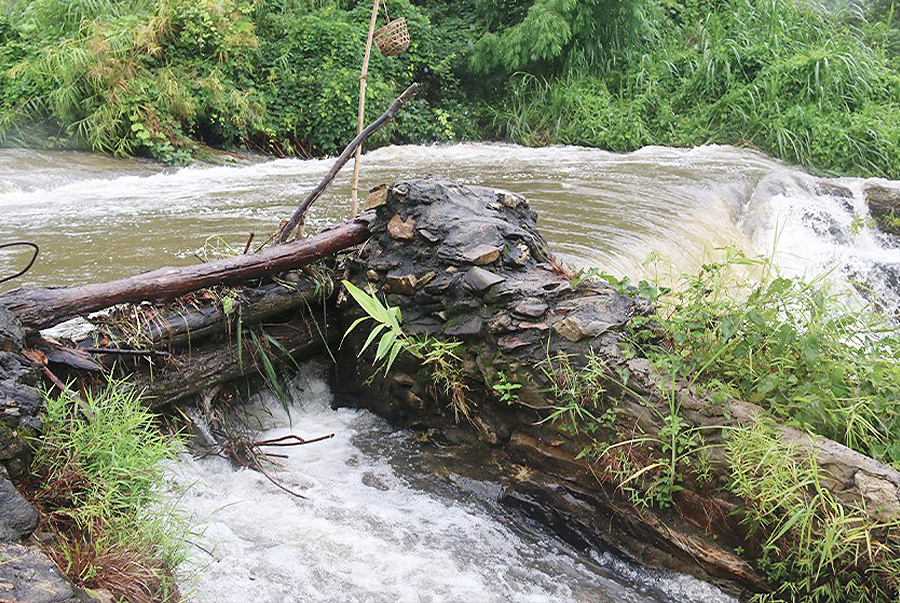

Water Stewardship

















|
REDUCE
8.4%
|
REUSE
2.7%
|
RECYCLE
4.7%
|

| Indicators | Material Aspects | All areas | Areas with water stress |
| GRI303-3 Water Withdrawal | Total volume of water withdrawn | 28,432 | 17,125 |
| Surface water | 16,846 | 11,811 | |
| Freshwater ≤ 1000 mg/L Total Dissolved Solids | 16,796 | 11,761 | |
| Other water > 1000 mg/ L Total Dissolved Solids | 50 | 50 | |
| Ground water | 5,473 | 3,460 | |
| Freshwater ≤ 1000 mg/L Total Dissolved Solids | 5,472 | 3,460 | |
| Other water > 1000 mg/ L Total Dissolved Solids | 1 | 0 | |
| Third-party water | 6,113 | 1,853 | |
| Freshwater ≤ 1000 mg/L Total Dissolved Solids | 6,113 | 1,853 | |
| Other water > 1000 mg/ L Total Dissolved Solids | 0 | 0 | |
| GRI303-4 Water Discharge | Total volume of water discharge | 14,115 | 7,295 |
| Surface water | 9,424 | 5,572 | |
| Ground water | 0 | 0 | |
| Seawater | 0 | 0 | |
| Third-party water | 4,691 | 1,723 | |
| Total volume of freshwater discharge (≤ 1000 mg/L Total Dissolved Solids) | 8,469 | 2,644 | |
| Total volume of other water discharge (> 1000 mg/L Total Dissolved Solids) | 5,646 | 4,651 | |
| GRI303-5 Water Consumption | Total water consumption; | 14,323 | 9,830 |
| Change in water storage indicates increase in storage volume | (5) | 0 |